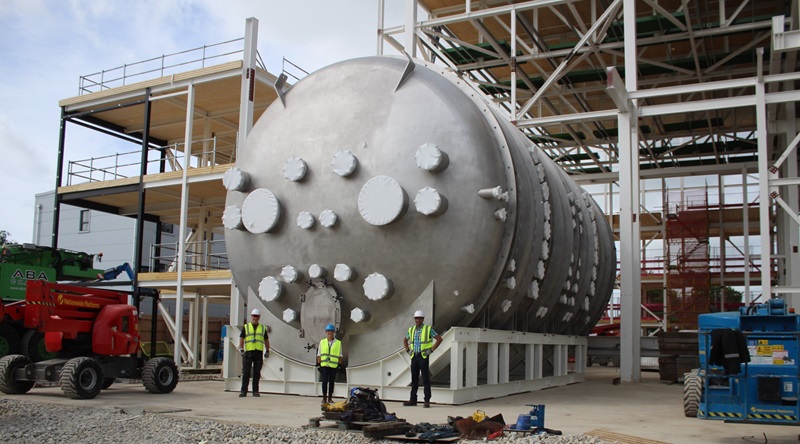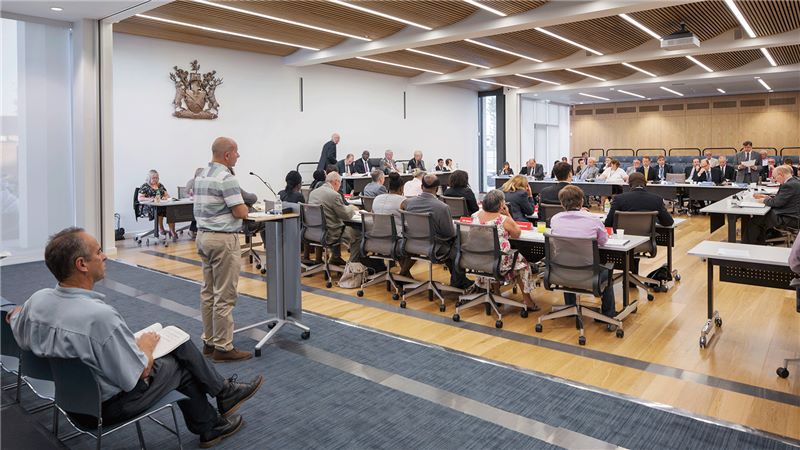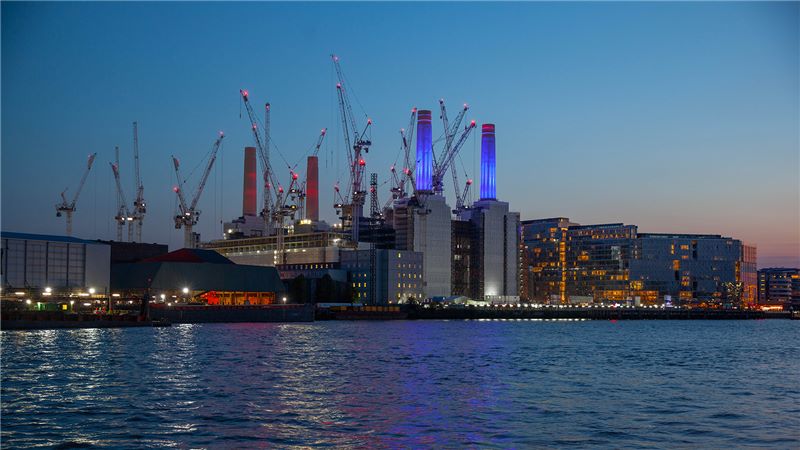Pushing the boundaries of discovery: from construction to science
Mace’s Framework Director, Nick Abbey, heads up the construction programme of three new science facilities at Harwell, a major science and research campus located within the UK’s Golden Triangle.
His team currently delivers three ground breaking new research buildings: the new National Satellite Test Facility, the Rosalind Franklin Institute, and the Extreme Photonics Applications Centre.
Since the global outbreak of COVID-19, the science sector has enjoyed increased attention in the race to develop a lifesaving vaccine. But the pandemic has also put into focus the importance of a robust and globally connected science sector to speed up economic recovery and level up the UK.
Even before the pandemic, science and technology had been earmarked as a key growth area for the UK, with a commitment from the Government to the transform the UK into a global science superpower.
As an industry, the life science sector contributes £70billion annually to the UK economy and employs a quarter of a million people. The UK’s leading institutions are now at the forefront in the race to develop a vaccine, with Oxford University and Imperial College London both attracting global attention for the progress they have made to date.
The Government recently published its ‘Research and Development Roadmap’ to drive research and attract global talent as part of a long-term plan to ensure the UK is a world class destination for scientists.
A total of £300 million will be brought forward to upgrade science infrastructure across the UK, while boosting international collaboration to ensure the UK benefits from global scientific partnerships.
That investment is critical to the UK’s long-term future as a scientific powerhouse; and so, it is important that the projects it enables are delivered in a way that reflects the ambition of the research they will carry out.
Mace’s experience of delivering complex and challenging projects in the life sciences, research and pharma sectors has taught us the importance of constantly working to improve our approach to delivery.
Creating the right infrastructure to support scientific excellence
While bold plans and ambitions are important, in reality these must be supported by the right facilities, infrastructure and spaces that will foster interdisciplinary collaboration and innovation.
As such it is critical that we deliver the right science infrastructure which supports the UK’s ambitious plans to push science and discovery to develop the next generation of medicines, satellites and particle research.
Science buildings are some of the most highly specialised buildings in the world, unique environments set up for a variety of research from high power laser testing, recreating the big bang or decoding the building blocks of life.
But how often do we think about the infrastructure and spaces that help carry out testing and allow for knowledge share to achieve scientific breakthroughs?
Without the right operational infrastructure, we wouldn’t be able to push the boundaries of discovery in practice.
So, what are the steps to delivery success in science infrastructure?
1. Starting from the inside – how research shapes the space
No science project is the same, as each facility is designed to create the unique environment tailored to the type of research undertaken.
Unlike any other buildings a science facility is developed from the inside, starting with the right materials, bespoke services and chamber sizes, everything is designed to match the specific parameters that allow different tests to be carried out.
Today’s science labs are highly sealed and controlled environments, where the smallest drop in temperature or a tiny dust particle can temper the entire research outcome.
That means the services modules, from special air filter ducts to radiation resistant materials, play an important role in the design process and need to be factored in at a much earlier stage, ultimately determining the shape and layout of the building.
2. Integrating tech in the construction process
In science infrastructure, every element of the building plays a critical role. With these highly specified spaces there cannot be any room for error, so the latest technologies are key to delivering technical specification to precision.
A comprehensive review of the design and construction process using a ‘construction to production’ approach can help to identify which elements of a project can be manufactured offsite and delivered on site, we can help to improve quality and ensure that programmes are resilient.
From digitally modelling the construction programme to capturing and visualising site data in the early planning stages, employing smart digital tools to control the quality process and avoid any defects by capturing the right data. Using ‘tag and track’, we can follow the journey of each component from the factory through to assembly on site.
3. Think like a scientist
Construction teams not only have to be equipped with the technical know-how to translate complex briefs into buildable solutions, the must also keep an inquisitive mindset as no building is the same.
With every science project presenting its own unique design challenges, the project delivery team must adapt as the works progress with a focus on detail. That requires project and construction teams working closely with the scientists to build knowledge and be able to respond to changes in a sensitive live environment.
Pushing the boundaries of science is more than just creating a vision. Investment in technology and science has to be supported by the right infrastructure. With the science sector evolving at pace, we need the latest technology and highly skilled multidisciplinary teams to deliver these ground-breaking spaces that will transform the UK science industry.












